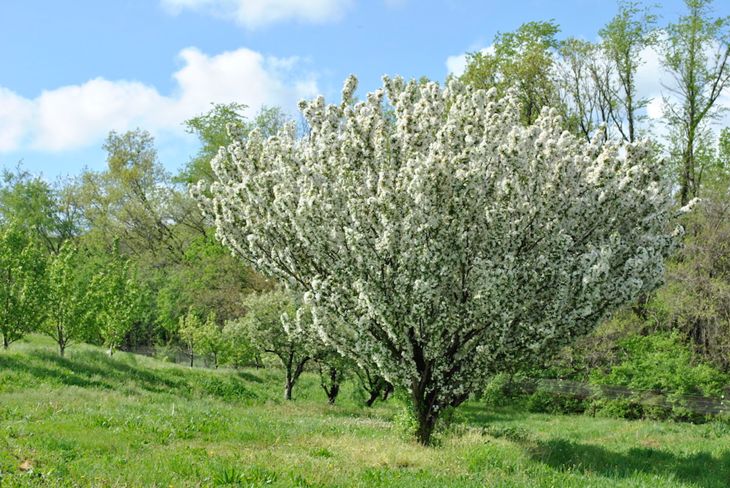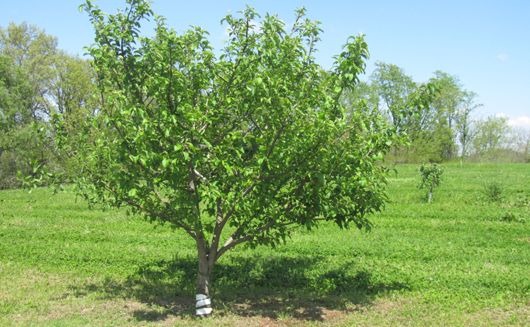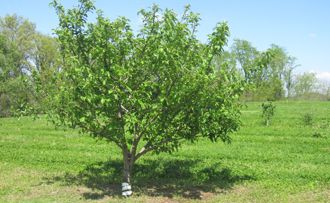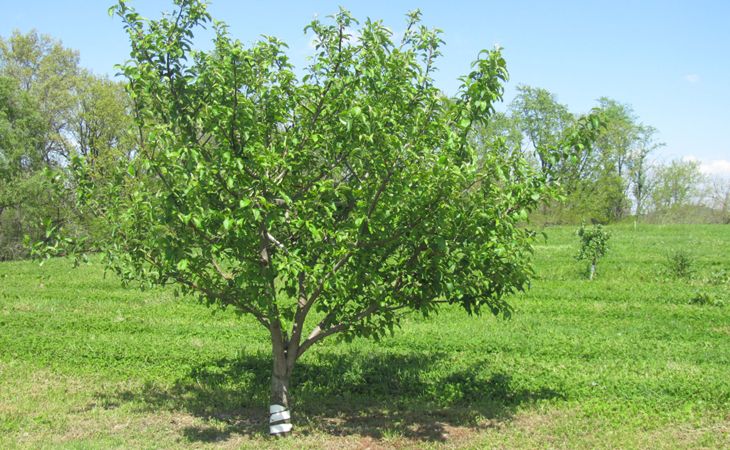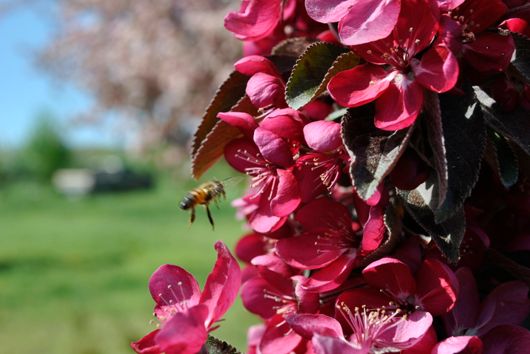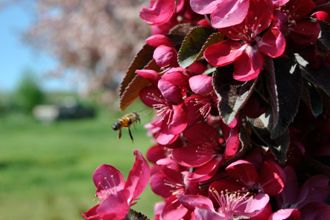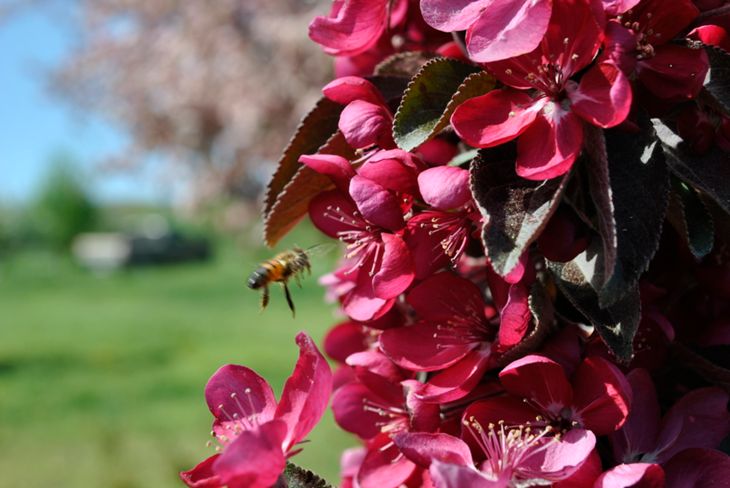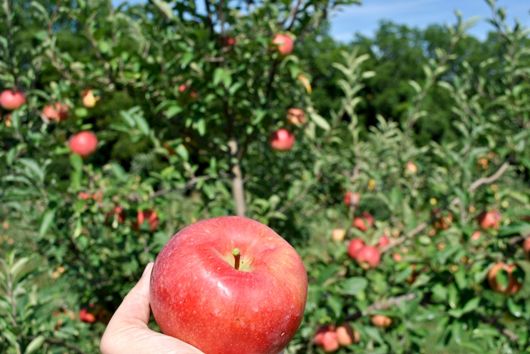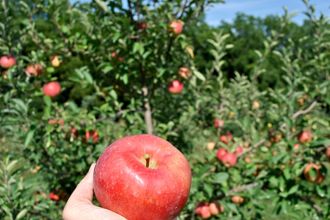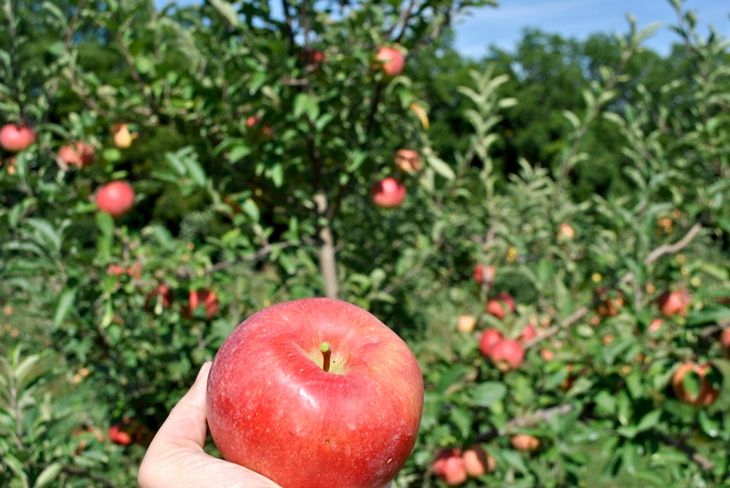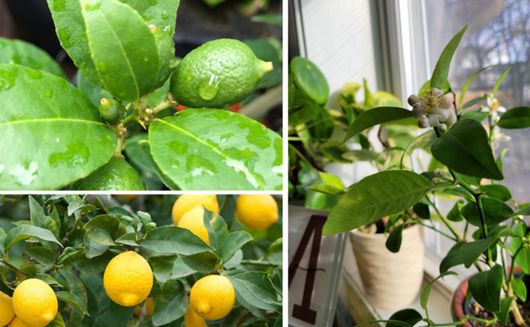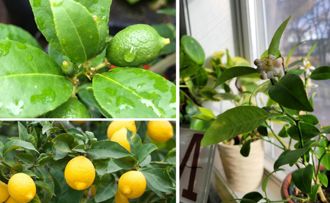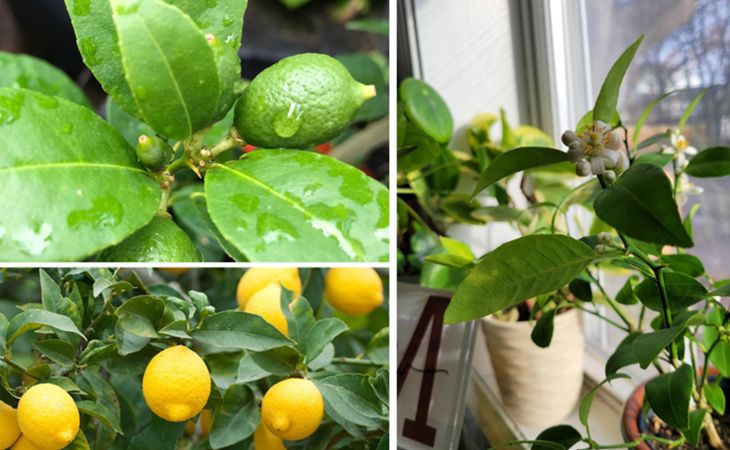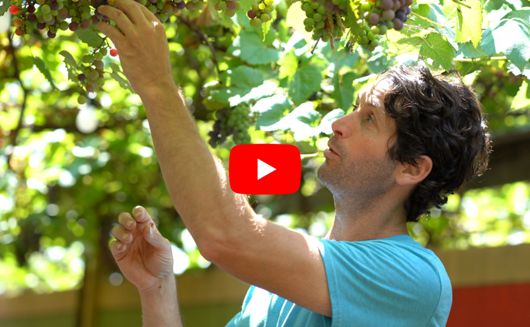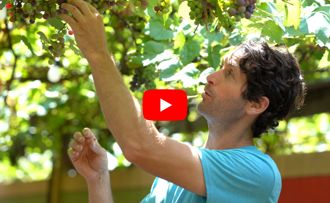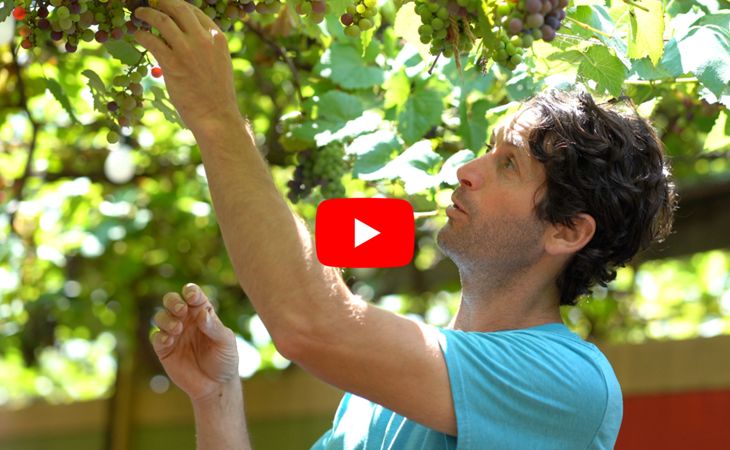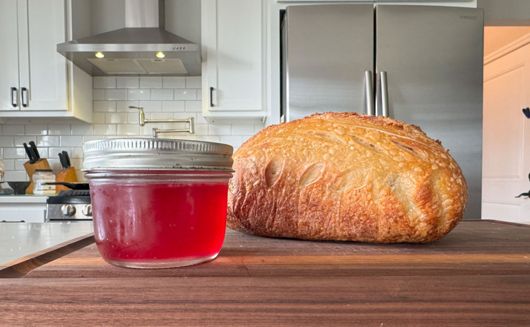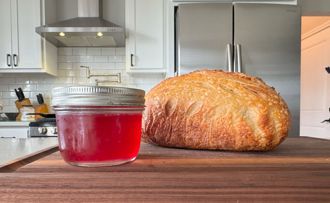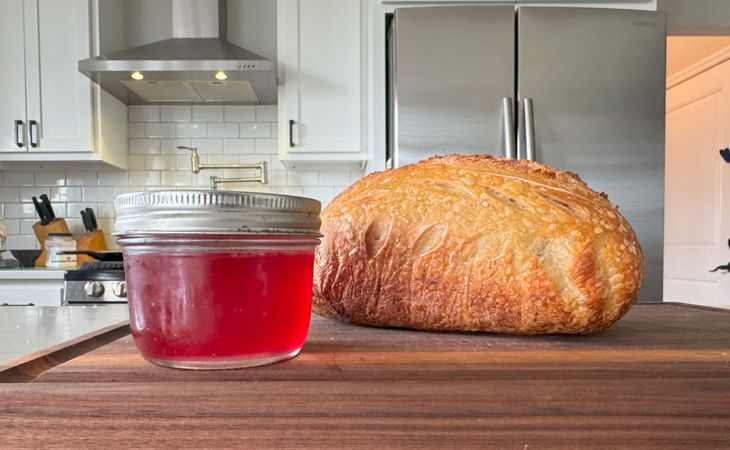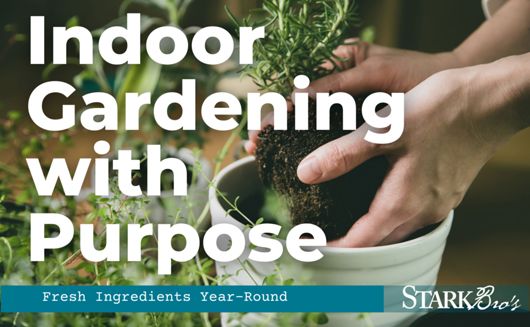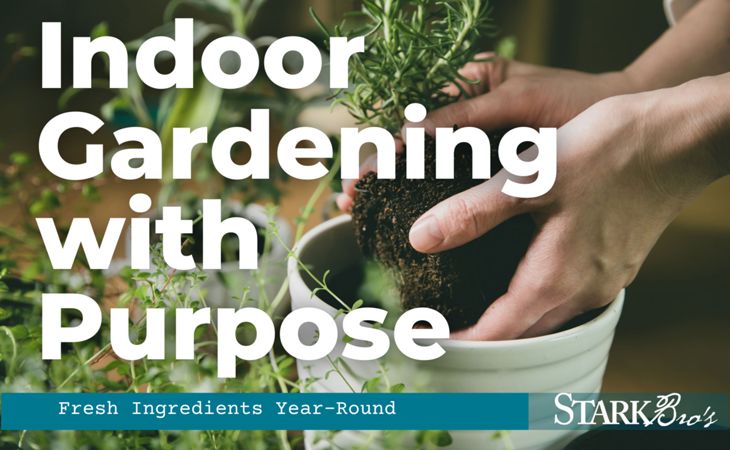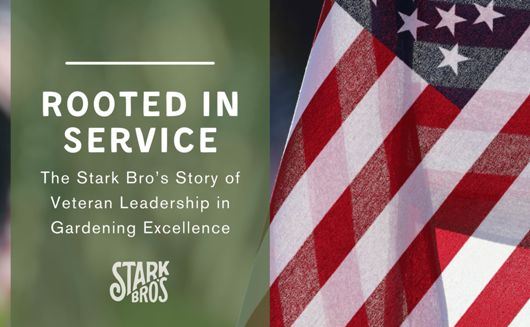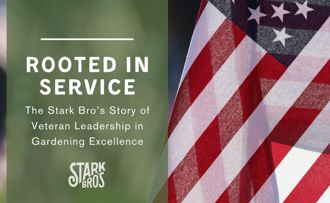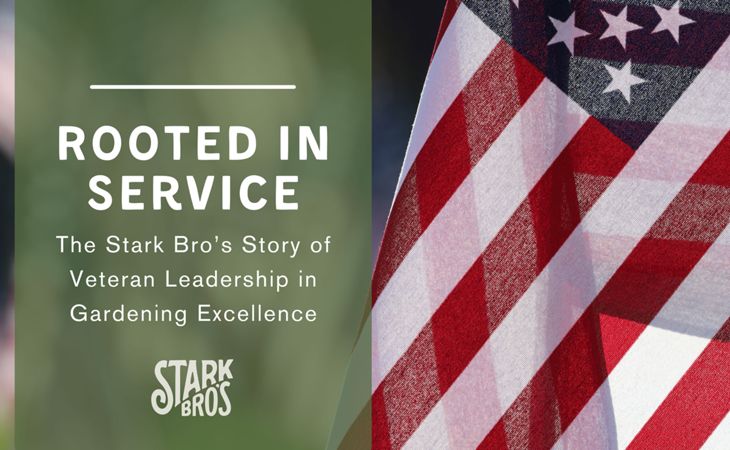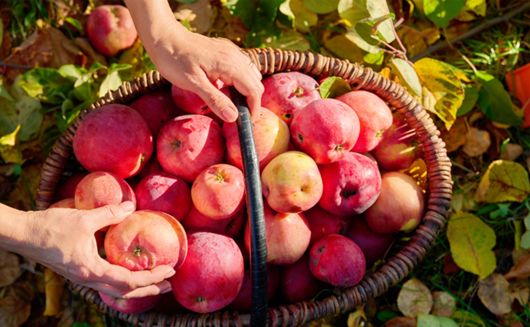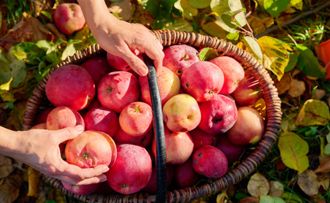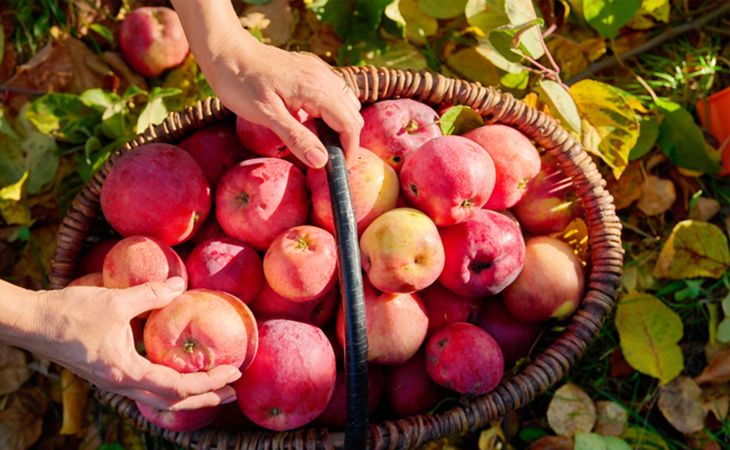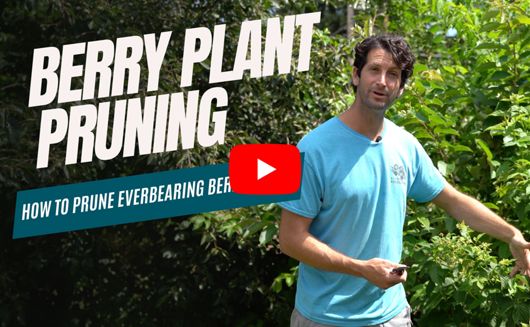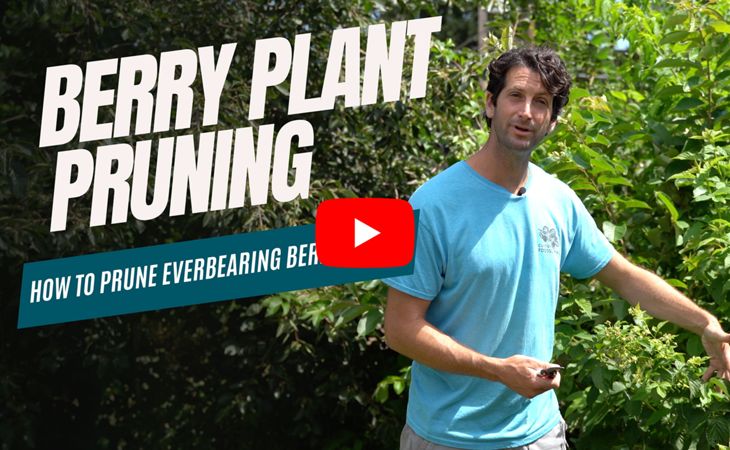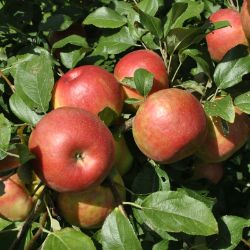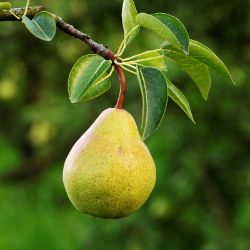Apple Tree Pollination Guide: Tips for Successful Fruit Set
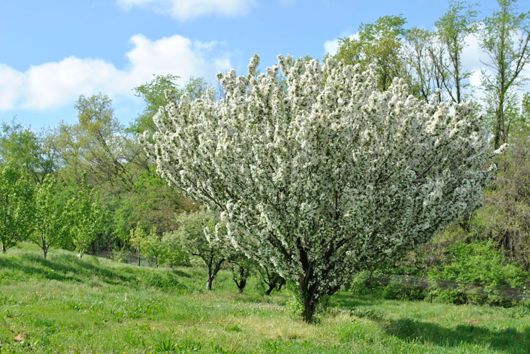
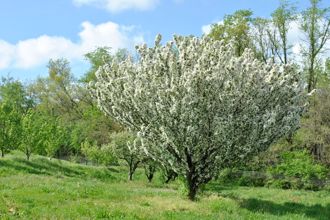
How Apple Tree Pollination Works
Pollination happens when pollen moves from flower to flower, with the help of wind, birds, and beneficial insects like bees.
This essential process leads to the delicious apples we all love to eat!
Without proper pollination, your apple trees may flower beautifully — but fail to produce much fruit.
Key Factors for Successful Apple Pollination

When selecting apple tree varieties to plant, keep these three important things in mind:
- Spacing:
Plant apple trees within 100 feet of each other (maximum) to allow bees and wind to do their work. Greater distances reduce pollination success. - Maturity:
Young apple trees take an average of 2–5 years to mature, bloom, and start bearing fruit. Be patient — good things take time! - Bloom Time:
Matching bloom times between varieties is critical. Trees must flower at the same time to effectively cross-pollinate.
(Note: We've covered spacing and maturity more in-depth in previous articles — be sure to check them out!)
Why Bloom Time Matters for Apple Tree Pollination
Different apple varieties bloom at different times during the spring season.
Early-blooming trees won't pollinate late-blooming ones because their flowering periods won’t overlap.
Think about it this way: If one tree’s blossoms are already gone before another tree's pollen is ready, there’s no chance for fruit set. That’s why we recommend compatible pollinators for every apple tree variety we sell — so you can confidently choose good partners for a thriving orchard!
Apple Tree Bloom Time Chart
Here’s a basic guide showing how bloom times overlap:
| Bloom Time | Pollination Partners |
| Very Early | Early to Early-Mid Varieties |
| Early-Mid | Early, Early-Mid, and Mid Varieties |
| Mid | Early-Mid, Mid, and Mid-Late Varieties |
| Mid-Late | Mid and Late Varieties |
| Late | Mid-Late and Late Varieties |
Tip: Early varieties overlap with early-mid bloomers, and mid-season trees overlap with both mid and late bloomers — offering plenty of options for pairing.
Exceptionally warm springs (like we sometimes experience here in Missouri) can cause many apple varieties to bloom closer together than usual.
Tools to Help You Choose Apple Pollination Partners
For extra support when planning your orchard, you can reference tools like:
- Apple pollen chart from Adams County Nursery
- Fruit tree pollination charts from University of Missouri Extension
- Apple pollination partners by variety from Orange Pippin Trees
Or feel free to contact us — we’re happy to help you pick the best pollinators for your apple trees!
Special Consideration: Triploid Apple Trees
Triploid apple trees (like 'Mutsu' or 'Jonagold') produce sterile pollen and cannot pollinate other apple trees.
- What this means:
If you plant a triploid, you’ll need two other non-triploid apple varieties nearby for cross-pollination to occur. - Need help?
Browse our triploid apple tree varieties — we list whether a tree is a triploid, so you can plan accordingly.

Why Crabapple Trees Make Fantastic Pollinators
Still unsure about pairing apple trees?
When in doubt, plant a crabapple tree!
- Crabapples bloom prolifically and overlap beautifully with apple trees.
- They are excellent sources of pollen for successful fruit set.
- Plus, crabapple trees add beautiful flowers and attract bees, birds, and other wildlife to your garden.
Even professional apple growers plant crabapples systematically to cover any pollination gaps.
Understanding apple tree pollination puts you one step closer to harvesting baskets of your own delicious apples.
Grow Your Own Apple Trees
Ready to plan your orchard? Browse our full selection of Apple Trees to get started today. Happy planting!
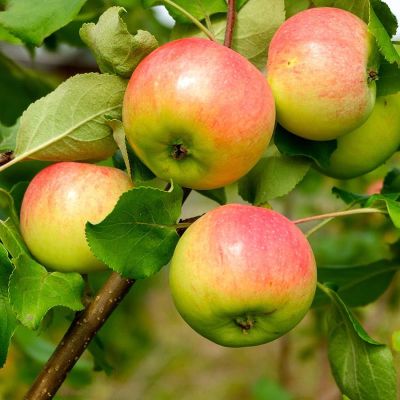 New
Anna Apple
$74.99
New
Anna Apple
$74.99
 On Sale
Apple Babe Genetic Dwarf Apple
$45.99
On Sale
Apple Babe Genetic Dwarf Apple
$45.99
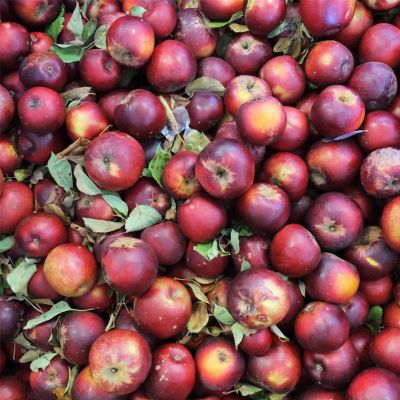 Arkansas Black Apple
$199.99
Arkansas Black Apple
$199.99
 On Sale
Aztec Fuji® Apple
$35.99
On Sale
Aztec Fuji® Apple
$35.99
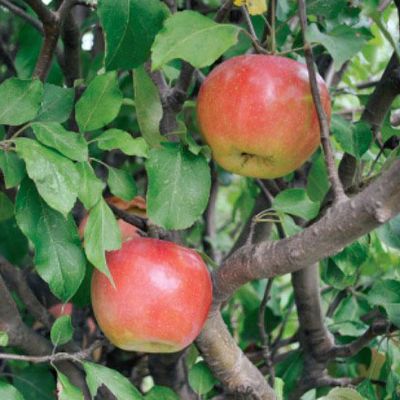 On Sale
Ben Davis Apple
Starting at $29.99
On Sale
Ben Davis Apple
Starting at $29.99
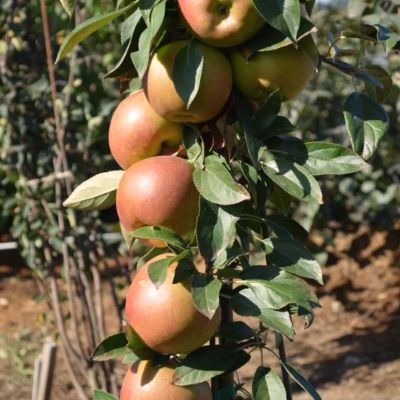 On Sale
Blushing Delight™ Fruit Snacks™ Apple
$29.99
On Sale
Blushing Delight™ Fruit Snacks™ Apple
$29.99
 On Sale
Braeburn Apple
Starting at $29.99
On Sale
Braeburn Apple
Starting at $29.99
 On Sale
Buckeye Gala® Apple
Starting at $29.99
On Sale
Buckeye Gala® Apple
Starting at $29.99
- Article Categories:
- How To Grow
- Spring Gardening

